1. Brinkman S, de Jonge E, Abu-Hanna A, Arbous MS, de Lange DW, de Keizer NF. Mortality after hospital discharge in ICU patients. Crit Care Med. 2013; 41:1229–1236. PMID:
23591209.

2. Goldhill DR, Sumner A. Outcome of intensive care patients in a group of British intensive care units. Crit Care Med. 1998; 26:1337–1345. PMID:
9710091.

3. Moreno R, Morais P. Outcome prediction in intensive care: results of a prospective, multicentre, Portuguese study. Intensive Care Med. 1997; 23:177–186. PMID:
9069003.

4. Winters BD, Eberlein M, Leung J, Needham DM, Pronovost PJ, Sevransky JE. Long-term mortality and quality of life in sepsis: a systematic review. Crit Care Med. 2010; 38:1276–1283. PMID:
20308885.

5. Sukantarat KT, Williamson RC, Brett SJ. Psychological assessment of ICU survivors: a comparison between the Hospital Anxiety and Depression scale and the Depression, Anxiety and Stress scale. Anaesthesia. 2007; 62:239–243. PMID:
17300300.

6. Schofield-Robinson OJ, Lewis SR, Smith AF, McPeake J, Alderson P. Follow-up services for improving long-term outcomes in intensive care unit (ICU) survivors. Cochrane Database Syst Rev. 2018; 11:CD012701. PMID:
30388297.

7. Gayat E, Cariou A, Deye N, Vieillard-Baron A, Jaber S, Damoisel C, et al. Determinants of long-term outcome in ICU survivors: results from the FROG-ICU study. Crit Care. 2018; 22:8. PMID:
29347987.

8. Lone NI, Gillies MA, Haddow C, Dobbie R, Rowan KM, Wild SH, et al. Five-year mortality and hospital costs associated with surviving intensive care. Am J Respir Crit Care Med. 2016; 194:198–208. PMID:
26815887.

9. Garland A, Olafson K, Ramsey CD, Yogendran M, Fransoo R. A population-based observational study of intensive care unit-related outcomes. With emphasis on post-hospital outcomes. Ann Am Thorac Soc. 2015; 12:202–208. PMID:
25706486.

10. Khandelwal N, Hough CL, Downey L, Engelberg RA, Carson SS, White DB, et al. Prevalence, risk factors, and outcomes of financial stress in survivors of critical illness. Crit Care Med. 2018; 46:e530–e539. PMID:
29505422.

11. Baldwin MR, Sell JL, Heyden N, Javaid A, Berlin DA, Gonzalez WC, et al. Race, ethnicity, health insurance, and mortality in older survivors of critical illness. Crit Care Med. 2017; 45:e583–e591. PMID:
28333761.

12. Yoo S, Lee KH, Lee HJ, Ha K, Lim C, Chin HJ, et al. Seoul National University Bundang Hospital's electronic system for total care. Healthc Inform Res. 2012; 18:145–152. PMID:
22844650.

13. Song YJ. The South Korean health care system. JMAJ. 2009; 52:206–209.
14. Lee J, Lee JS, Park SH, Shin SA, Kim K. Cohort profile: the National Health Insurance Service-National Sample Cohort (NHIS-NSC), South Korea. Int J Epidemiol. 2017; 46:e15. PMID:
26822938.

15. Rosenbaum PR, Rubin DB. Reducing bias in observational studies using subclassification on the propensity score. J Am Stat Assoc. 1984; 79:516–524.

16. Franse CB, van Grieken A, Qin L, Melis RJF, Rietjens JAC, Raat H. Socioeconomic inequalities in frailty and frailty components among community-dwelling older citizens. PLoS One. 2017; 12:e0187946. PMID:
29121677.

17. Szanton SL, Seplaki CL, Thorpe RJ Jr, Allen JK, Fried LP. Socioeconomic status is associated with frailty: the Women's Health and Aging Studies. J Epidemiol Community Health. 2010; 64:63–67. PMID:
19692719.

18. Ferrante LE, Pisani MA, Murphy TE, Gahbauer EA, Leo-Summers LS, Gill TM. The Association of Frailty With Post-ICU Disability, Nursing Home Admission, and Mortality: a longitudinal study. Chest. 2018; 153:1378–1386. PMID:
29559308.
19. Bagshaw SM, Stelfox HT, Johnson JA, McDermid RC, Rolfson DB, Tsuyuki RT, et al. Long-term association between frailty and health-related quality of life among survivors of critical illness: a prospective multicenter cohort study. Crit Care Med. 2015; 43:973–982. PMID:
25668751.
20. Andersen RM. Revisiting the behavioral model and access to medical care: does it matter? J Health Soc Behav. 1995; 36:1–10. PMID:
7738325.

21. Lone NI, Lee R, Salisbury L, Donaghy E, Ramsay P, Rattray J, et al. Predicting risk of unplanned hospital readmission in survivors of critical illness: a population-level cohort study. Thorax. 2018; 4. 05. DOI:
10.1136/thoraxjnl-2017-210822. [Epub].

22. van Beusekom I, Bakhshi-Raiez F, de Keizer NF, Dongelmans DA, van der Schaaf M. Reported burden on informal caregivers of ICU survivors: a literature review. Crit Care. 2016; 20:16. PMID:
26792081.

23. Guessous I, Luthi JC, Bowling CB, Theler JM, Paccaud F, Gaspoz JM, et al. Prevalence of frailty indicators and association with socioeconomic status in middle-aged and older adults in a swiss region with universal health insurance coverage: a population-based crosssectional study. J Aging Res. 2014; 2014:198603. PMID:
25405033.

24. Lu Y. Dynamic frailty count process in insurance: a unified framework for estimation, pricing, and forecasting. J Risk Insur. 2018; 85:1083–1102.

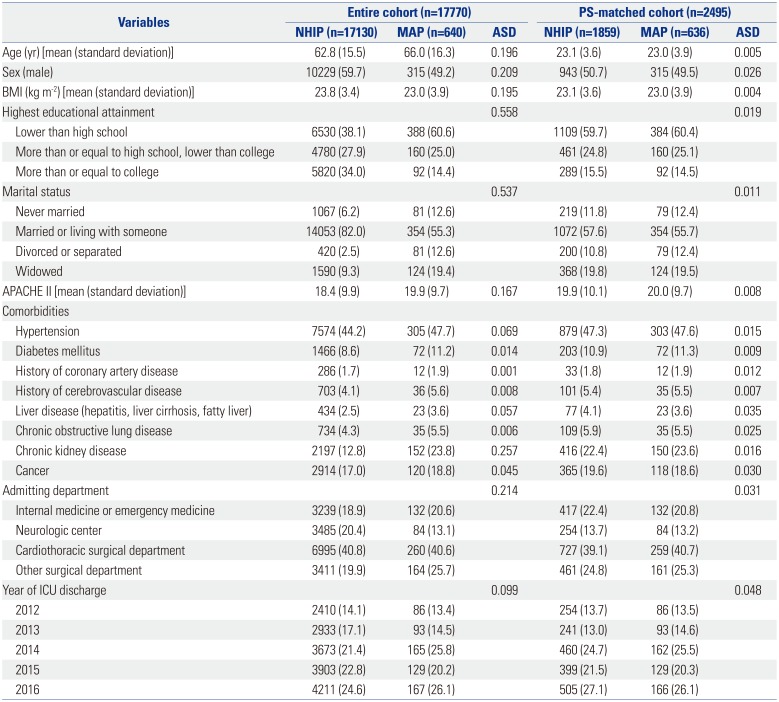
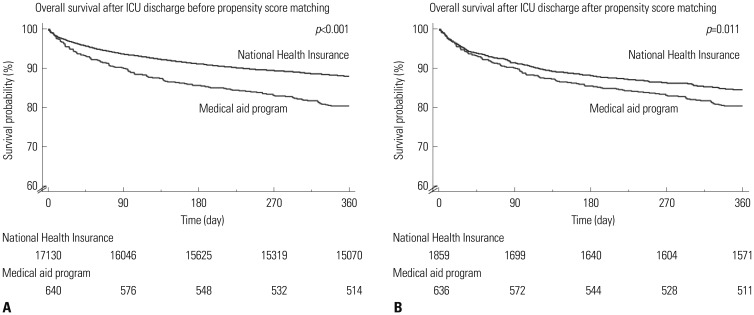
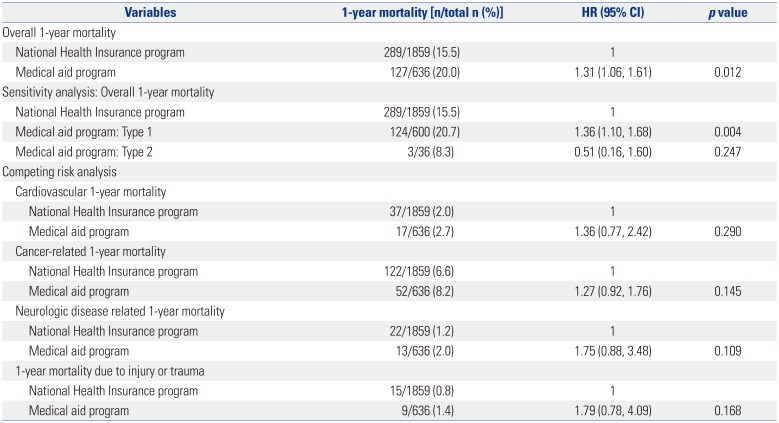
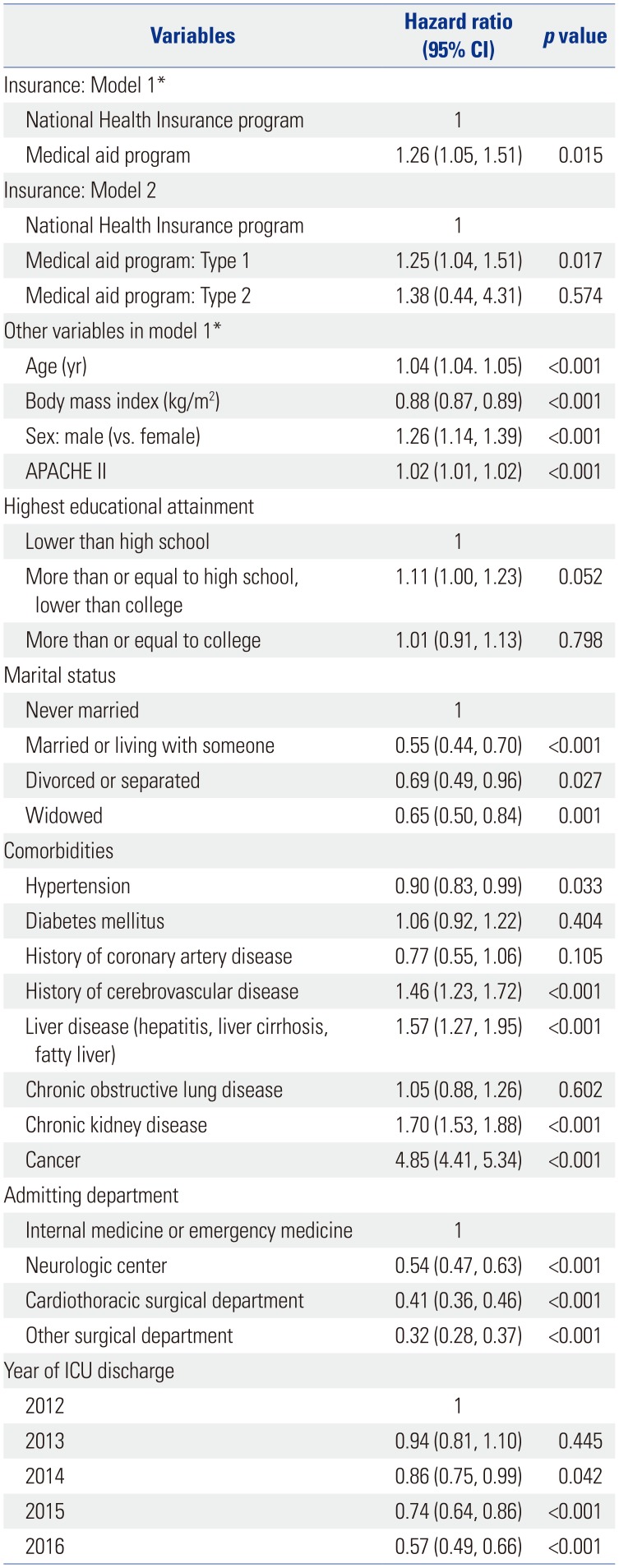




 PDF
PDF ePub
ePub Citation
Citation Print
Print



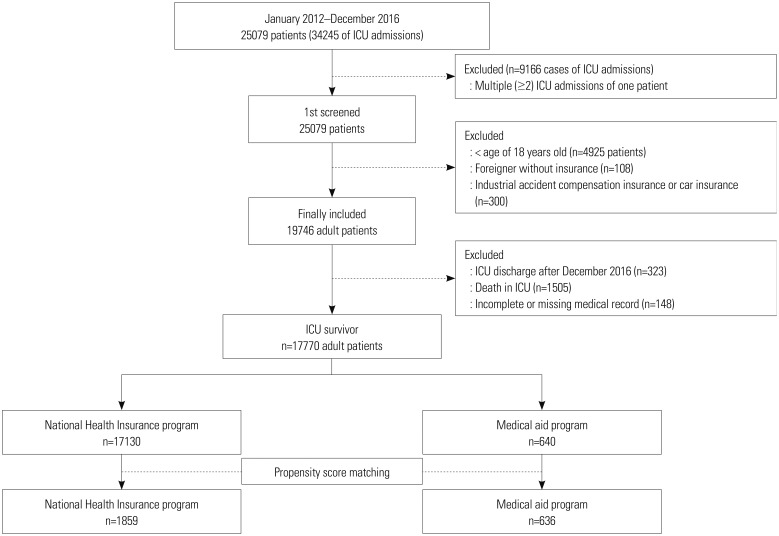
 XML Download
XML Download